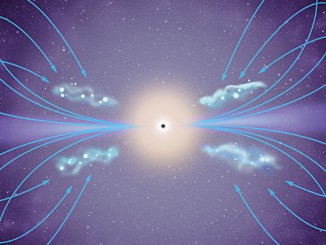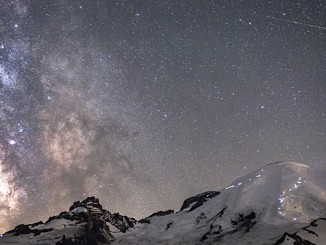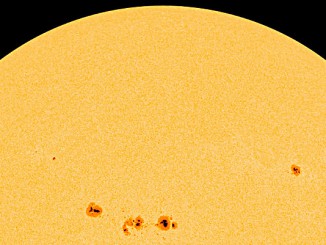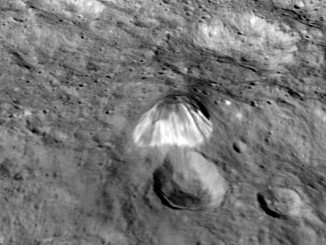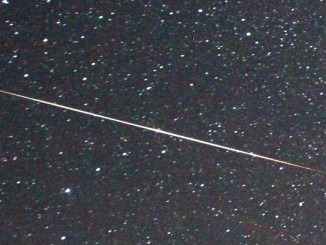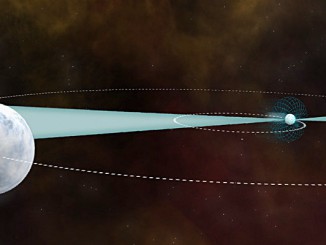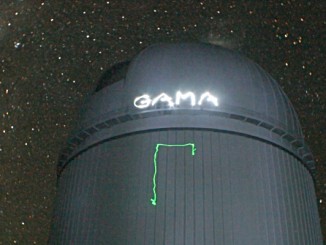
Galaxy survey charts the fading and slow death of the universe
An international team of astronomers studying more than 200,000 galaxies has made the most comprehensive assessment of the energy output of the nearby universe. The Galaxy And Mass Assembly (GAMA) project confirms that the energy produced is only about half what it was two billion years ago and this fading is occurring across all wavelengths from the ultraviolet to the far infrared. The universe is slowly dying.


